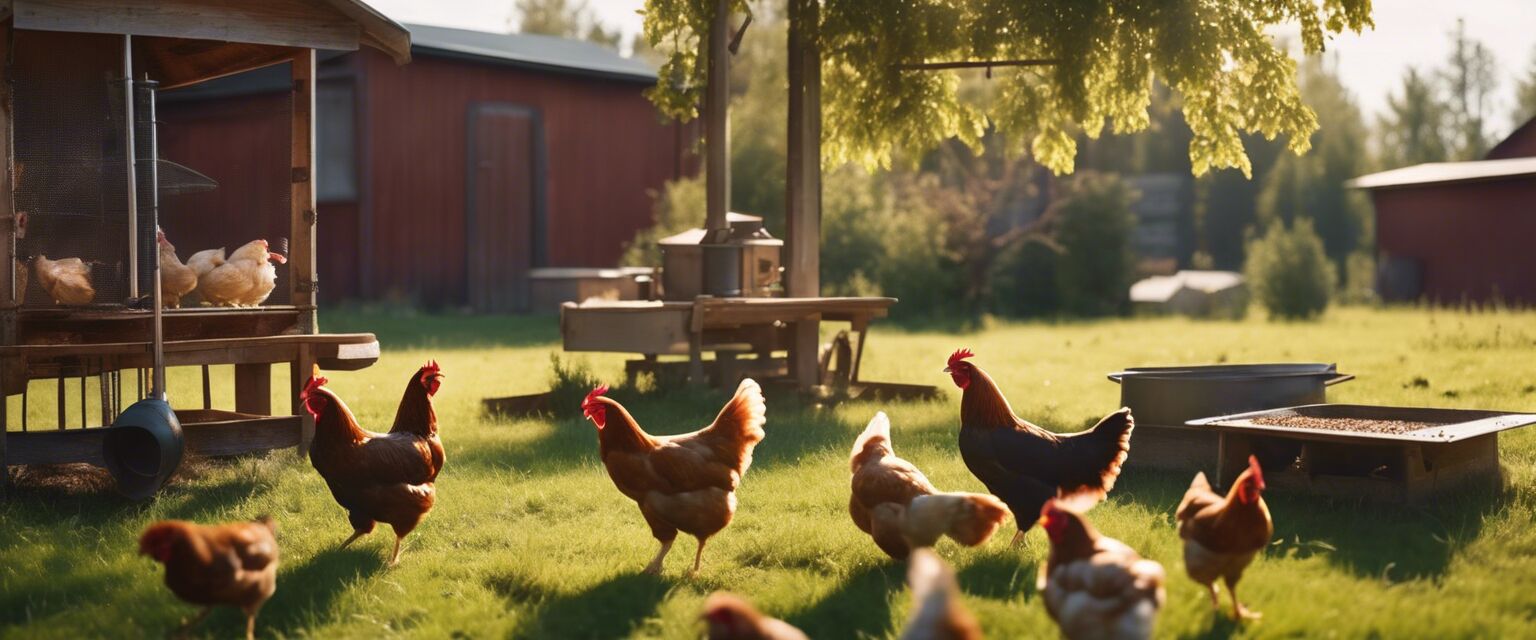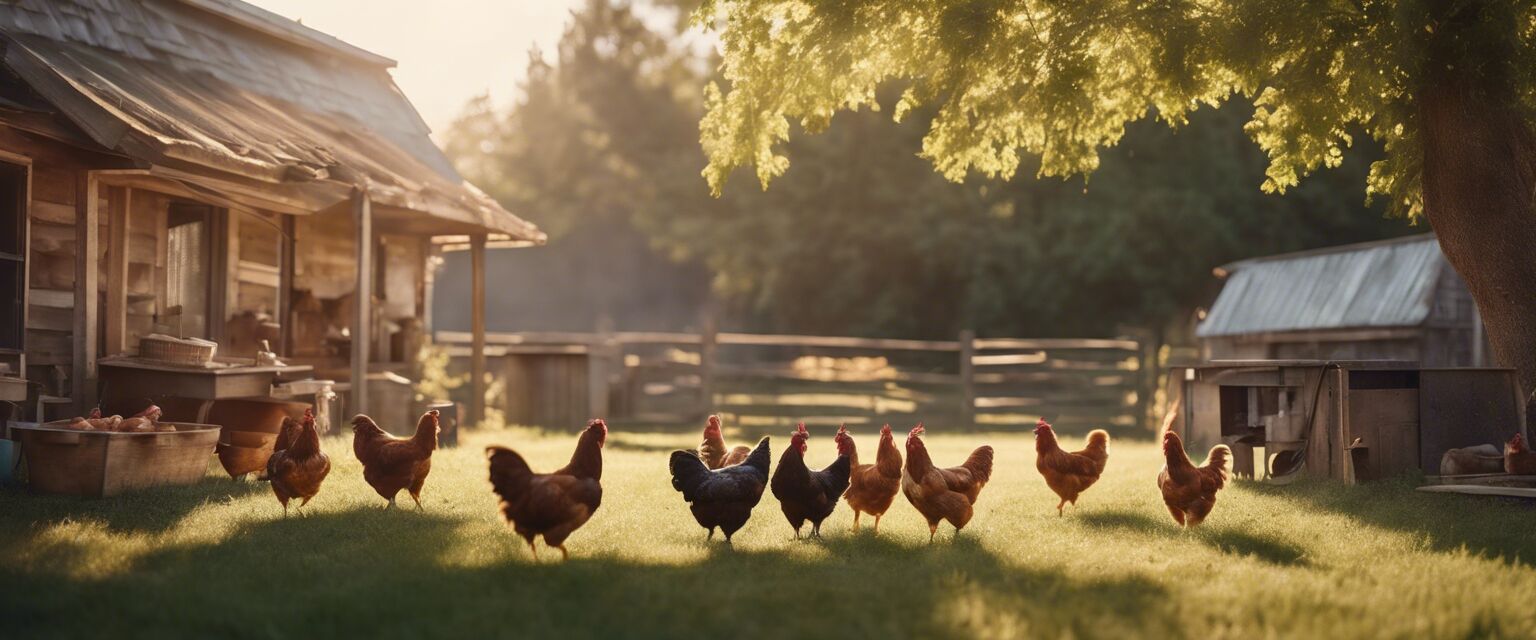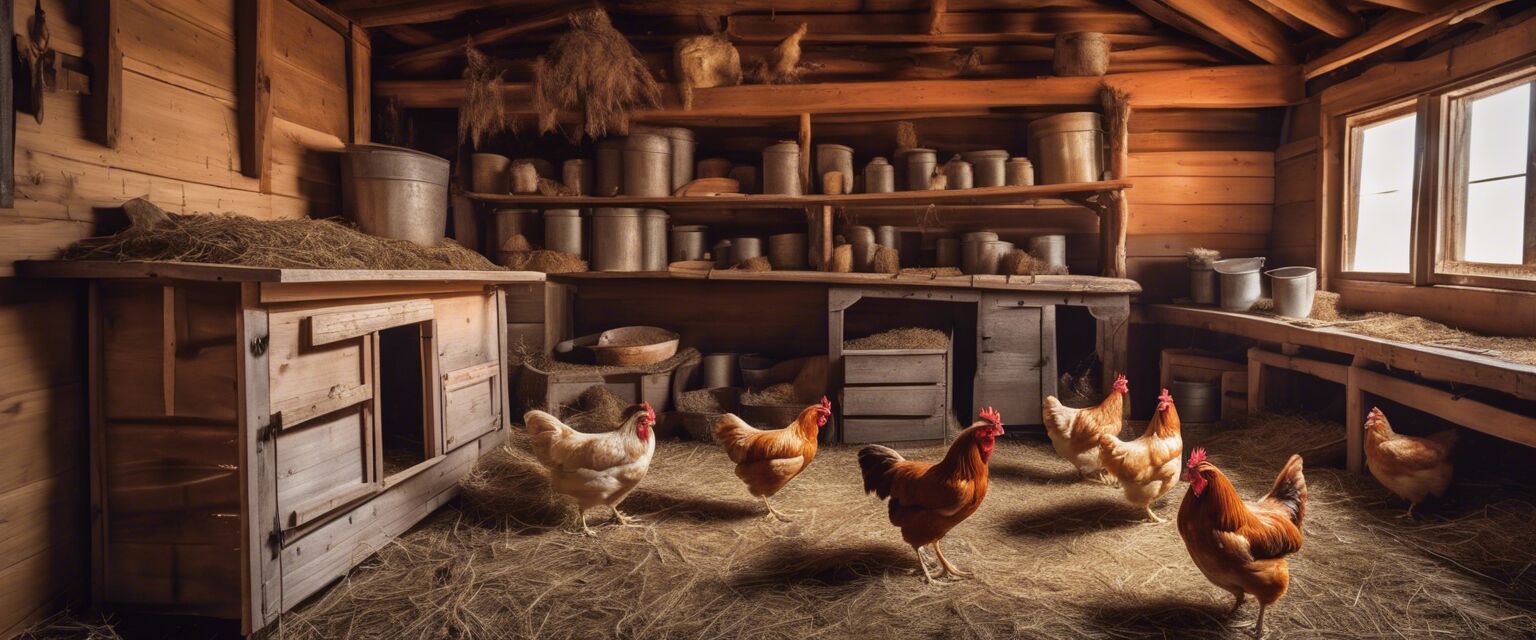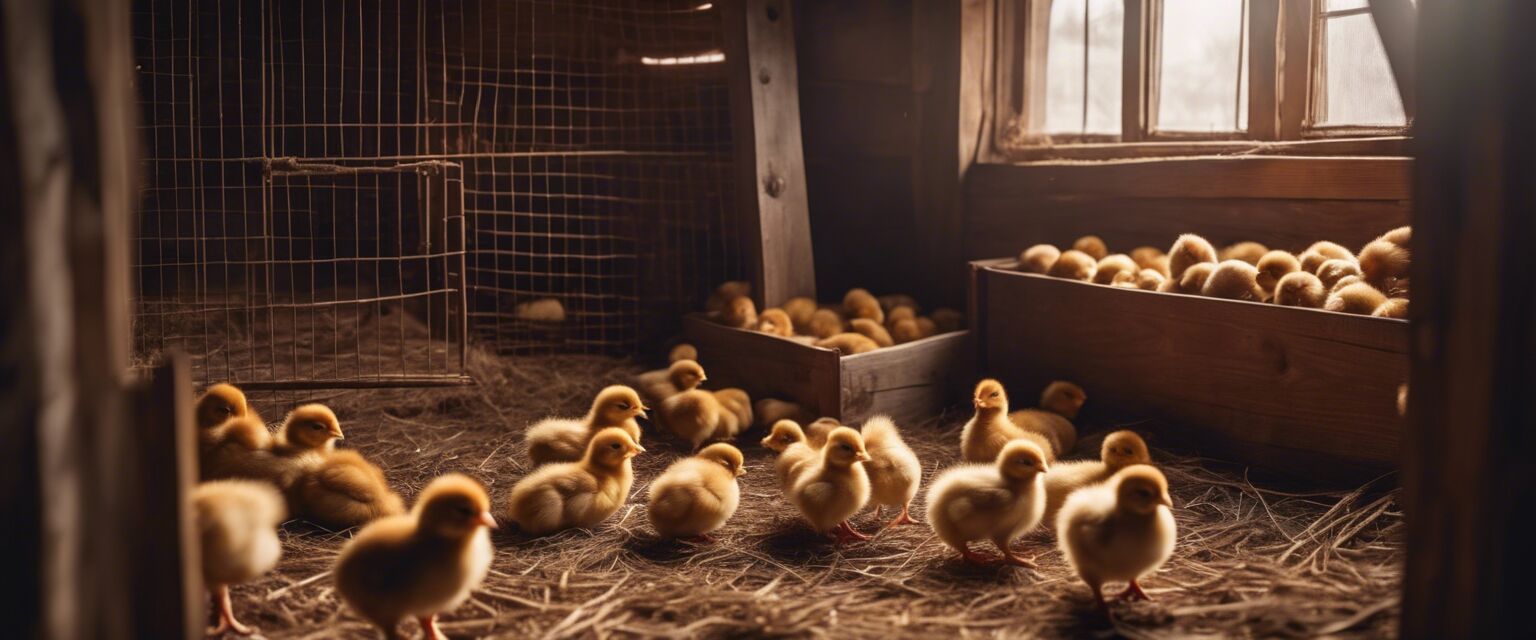
Raising Baby Chicks
Key Takeaways
- Choose the right breed of chicks based on your needs.
- Provide a safe and warm environment for the chicks.
- Ensure proper nutrition and hydration.
- Monitor their health regularly.
- Gradually introduce them to outdoor living.
Raising baby chicks can be a rewarding experience for anyone looking to start their own flock. Whether you're a novice or have prior experience, understanding the essentials will help you ensure the health and happiness of your chicks. In this guide, we will explore the various aspects of caring for baby chicks from choosing the right breed to their gradual introduction to outdoor living.
Choosing the Right Breed
Different breeds of chickens come with unique traits and characteristics. Here are some popular breeds:
| Breed | Egg Production | Temperament |
|---|---|---|
| Rhode Island Red | High | Friendly |
| Leghorn | Very High | Active |
| Plymouth Rock | Moderate | Gentle |
| Silkie | Low | Calm |
Setting Up the Brooder
Before bringing your chicks home, itâs crucial to prepare a safe and warm environment for them. The brooder is the area where your chicks will stay until they are old enough to move to the coop.
Brooder Setup Checklist
- Size: A minimum of 2 square feet per chick.
- Heat source: Use a heat lamp to maintain a temperature of 95°F (35°C) for the first week.
- Bedding: Use pine shavings or straw for bedding.
- Food and water: Ensure easy access to chick starter feed and fresh water.
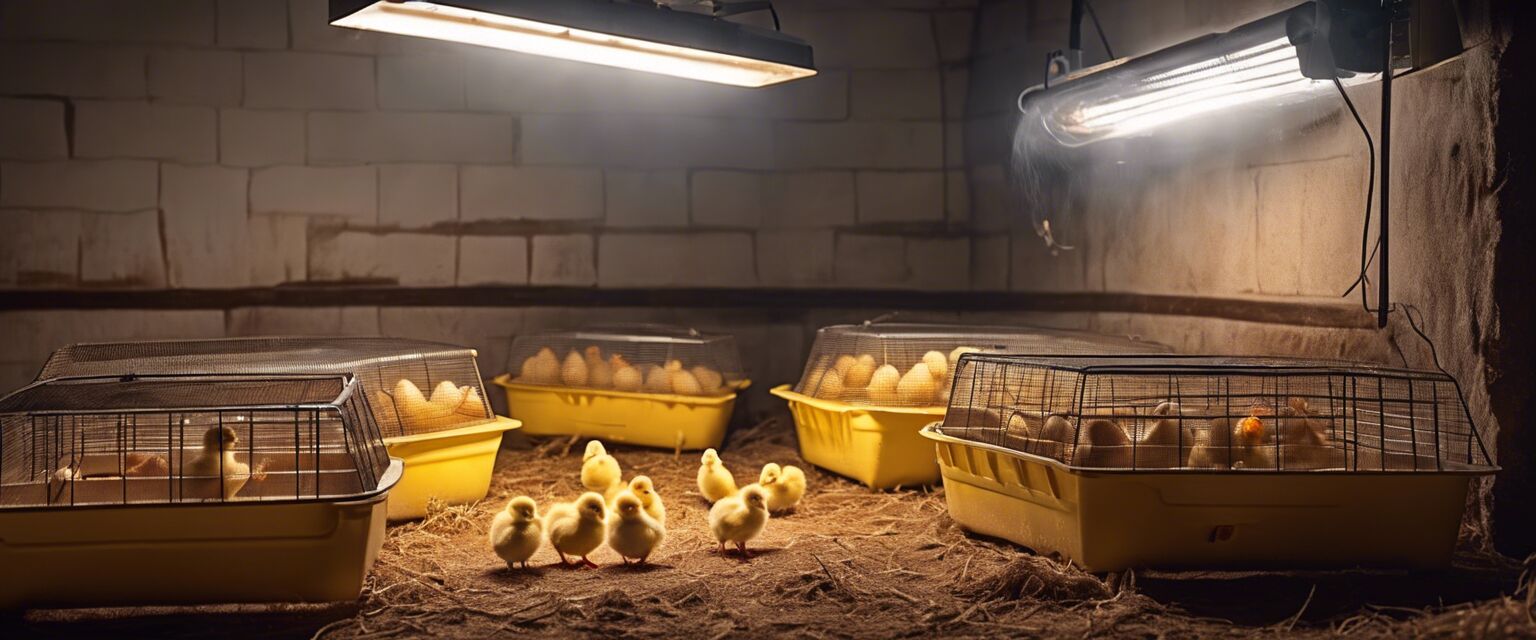
Nutritional Needs of Baby Chicks
Proper nutrition is vital for the healthy growth of your chicks. Hereâs what you need to consider:
Essential Nutrients
- Protein: Chick starter feed should contain 18-20% protein.
- Vitamins: Ensure they receive necessary vitamins and minerals.
- Fresh water: Always provide clean and fresh water.
Monitoring Health and Behavior
Keeping an eye on your chicks' health and behavior is essential. Signs of a healthy chick include:
- Active and curious behavior.
- Bright eyes and clean feathers.
- Balanced eating and drinking patterns.
Common Health Issues
- Pastiness: Check for droppings that stick to the vent.
- Respiratory issues: Watch for coughing or difficulty breathing.
- Weakness: Isolate any chicks that appear lethargic.
Introducing Chicks to Outdoor Living
Once your chicks are about 6 weeks old, they can start to explore the outdoors. Hereâs how to transition them:
Steps to Introduce Outdoor Living
- Start with short periods of outdoor time, gradually increasing as they acclimate.
- Ensure the outdoor area is secure from predators.
- Provide shade and shelter in case of harsh weather.

Conclusion
Raising baby chicks is a fulfilling venture that can lead to a rewarding experience with fresh eggs and companionship. By understanding their needs and providing a loving environment, you can ensure that your chicks grow into healthy and productive adult chickens.
Pros
- Fresh eggs from your own backyard.
- Educational experience for kids and adults alike.
- Chickens can help with pest control in your garden.
Cons
- Initial setup costs for coops and feeders.
- Time and effort required for daily care.
- Potential for health issues if not monitored closely.
Tips for Beginners
- Start with a small number of chicks to learn the basics.
- Join local chicken-raising groups for support and advice.
- Research breeds that are suitable for your climate and needs.
For more information, check out our other guides on chicken coops, chicken feeders, and chicken waterers. Happy chick raising!
